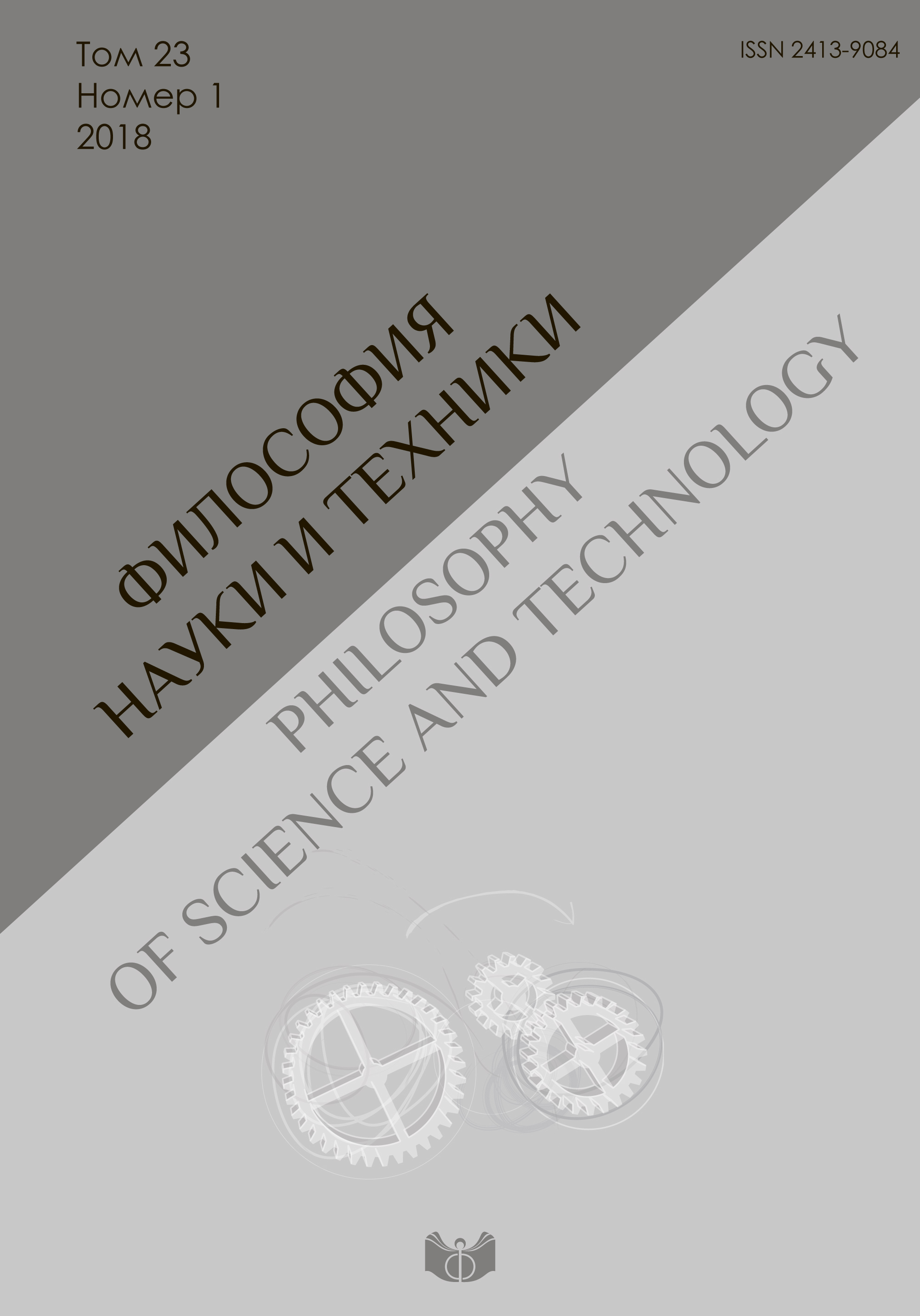Genome as a semio-informational phenomenon
DOI:
https://doi.org/10.21146/2413-9084-2018-23-1-88-102Keywords:
genetic information, genetic code, genome, semioticsAbstract
The article addresses the possibilities of linguistic (semiotic) description of the genetic code. Typically, molecular genetics is defined as a branch of biology that investigates on the molecular level the patterns and mechanisms of creating, processing, transmitting and storing information. The substantial similarity between language and genetic information processing has been intuitively recognized since genetics was founded, and many scholars have noted the possibility of considering genes and genomes as texts or languages. The assumption that the bio-molecular processes are a special type of informational ones entails that they must share the most important characteristics common to all forms of communication. We shall intend to demonstrate that as such common ground, the textual organization of signals should be mentioned and the idea of the textual processing of the genetic information would be a useful tool for the explication of the basic functional characteristics of its structuring. The distinction between a biochemical substance and a semiotic form allows to distinguish and describe relationships that are characteristic not so much for biological as for sign systems (dichotomy of language and speech, arbitrariness of sign, contextual dependence, polysemy and homonymy, synchrony and diachrony). The principle of context sensitivity allows describe cases when biochemically same sequence of nucleotides, depending on its location, acquires a different meaning and performs a different function. In particular, some essential features of gene expression common with human reading can be revealed: this is a faculty to identify the biochemical sequences based on their function in an abstract system and distinguish between type and its contextual sensitive variants (tokens) of the same type. Thus the processing of genetic information is understood as some operations on text – as a writing, reading, and editing. This allows to describe genetic information as a dual – biochemical and semiotic entity, and apply as a complement to existing biochemical methods also a semiotic apparatus. The semiotic-informational approach to genome allows to reveal new forms of ordering of genetic information and to find a systemic explanation for a number of phenomena previously considered as deviations.











